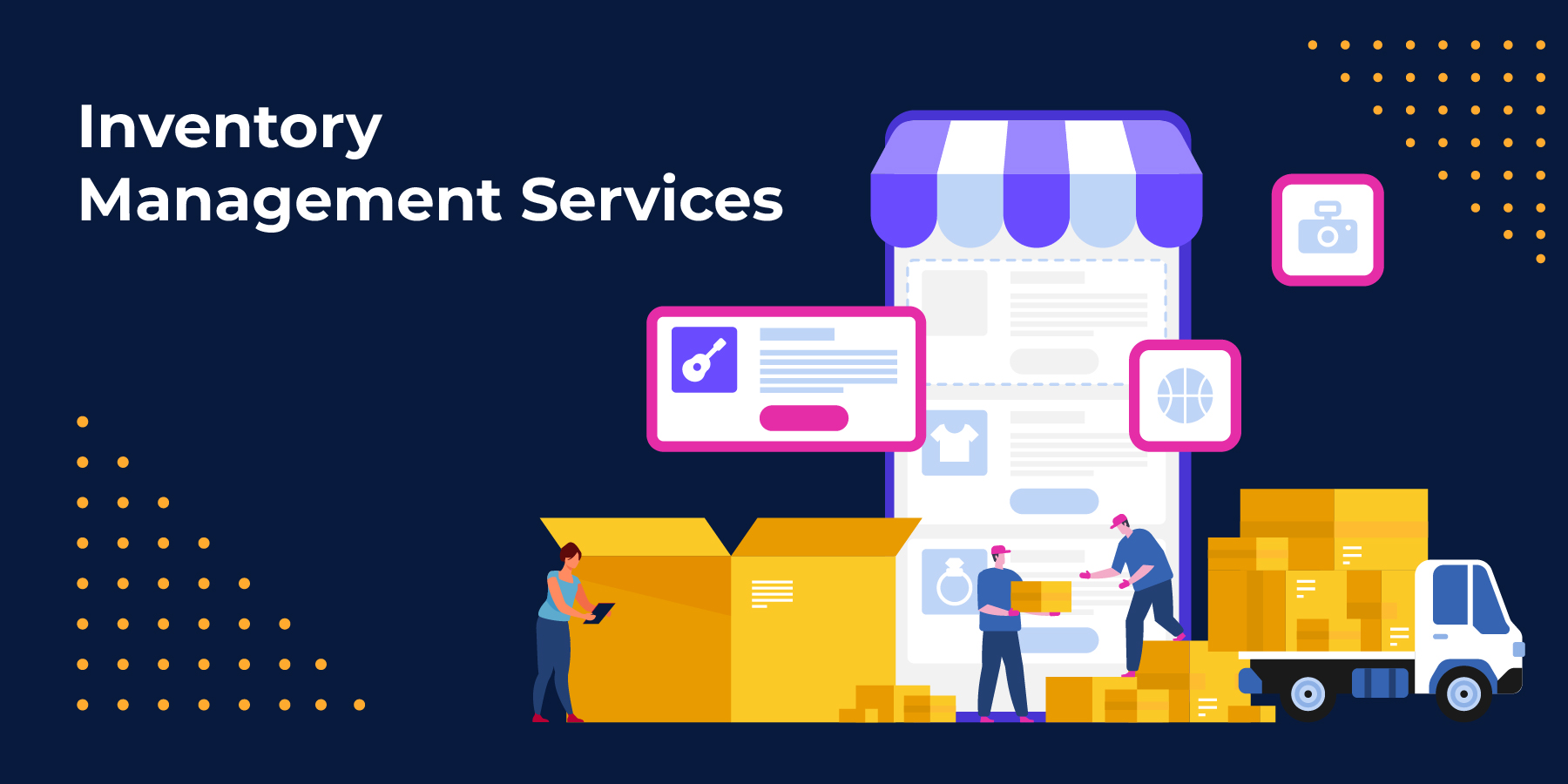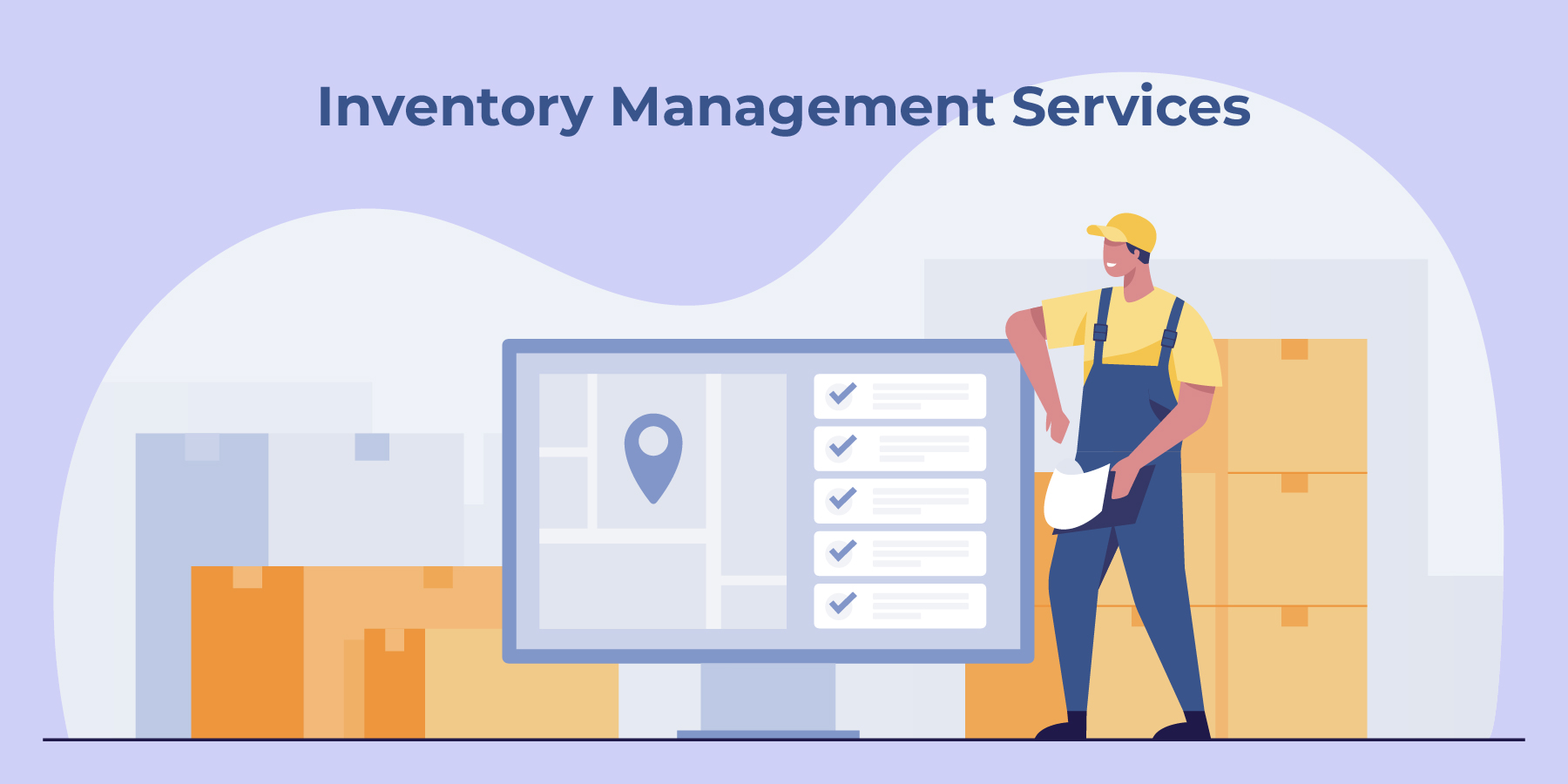Are you a small business owner feeling the chaos creeping in every time your inventory shifts unexpectedly? You're not alone. In 2025, the future of small business operations will depend on how effortless their inventory management is.
You don’t need a big budget to access powerful tools that streamline inventory management. There are robust, no-cost solutions designed to make your inventory easier, your shelves neater, and your reports smarter.
Let’s uncover the top 5 inventory management platform options that are free, fabulous, and fit for small businesses.
Table of Contents
1. Zoho Inventory
If you could fold your entire warehouse into a cloud, Zoho Inventory would be it.
This inventory management platform is purpose-built for small to medium-sized businesses looking to fly high on a shoestring budget.
- Centralized Control: Manage sales, purchase orders, and stock levels in one place. That’s called control—and it's sweet.
- User-Friendly: No learning cliffs here. Dashboards are clean, alerts are timely, and features like kitting make bundling products effortless.
- Easy Shipping: This is effortless inventory management at its best. Auto-create purchase orders and track shipments with minimal clicks.
- Seamless Integration: Works hand-in-hand with popular eCommerce sites such as Shopify and Amazon.
- Cost-effective: The free version includes 50 orders and 50 shipping labels per month for one warehouse. Enough for lean operations with big dreams.
With Zoho, inventory management services become less about stress and more about smooth sailing.
2. Odoo Inventory
If minimal effort and maximum control had a name, it would be called Odoo.
This cloud-based inventory management service goes beyond simple stock management. It blends with other Odoo apps like CRM, Sales, and Accounting to give you a business symphony.
- Effortless Onboarding: Just an email, and you’re in.
- Integrates Effortlessly: Odoo plays well with Slack, QuickBooks, Rocket Chat, WordPress, and more.
- Enhanced Control: Barcode scanning, just-in-time methods, and automated procurement redefine how you view inventory management.
- Cloud Convenience: Work from your desktop, tablet, or the back of a moving food truck. Odoo keeps up.
- Affordable Freedom: The free plan is feature-limited but enough to start strong.
For businesses with growing pains, Odoo makes effortless inventory management feel like a competitive advantage.
3. Sortly (New)
Sortly is the cool kid of the inventory management platform world—visual, mobile-first, and a dream for creatives and contractors alike.
- Visual Inventory: Take photos of products, categorize with tags, and stop playing guessing games.
- Mobile-Friendly: Works like an app your team already loves using.
- Offline Mode: No internet is not a reason to panic. You can still keep tracking.
- Free Plan Perks: Up to 100 entries. Great for makers, artisans, and pop-up store heroes.
With Sortly, inventory management services become less about spreadsheets and more about storytelling.
4. inFlow Inventory
inFlow gives small product-based businesses a taste of enterprise-level features, for free.
- Cloud + Desktop: Choose your battlefield. It works wherever you do.
- Track Sales & Orders: See what's coming in, what’s flying off the shelves, and what’s sitting like a rock.
- Multichannel Ready: Inventory management for businesses selling across multiple platforms.
- Free Tier: Basic but brilliant for startups.
inFlow doesn’t just help you count stock; it helps you streamline inventory management into a repeatable process.
5. ABC Inventory
Looking for an old-school interface with hardcore functionality? Absolutely.
- Manufacturing Power: Designed for businesses handling complex inventory flows.
- Advanced Features: Serial number tracking, work orders, bill of materials, and more.
- Free Forever: No strings. Just a heavy-duty desktop solution.
If your small business operates like a factory, ABC Inventory gives you industrial-strength inventory management services without the industrial-sized bill.
FAQs
1. What is service inventory management?
Service inventory management refers to tracking, managing, and optimizing non-physical items. They could be things like digital products, time slots, or services provided. Service-based industries need them for they depend on availability and scheduling.
2. What is inventory management?
Inventory management is the process of ordering, storing, using, and selling a company’s inventory. It’s the process behind your on-time deliveries, stocked shelves, and quite happy customers.
3. What is the role of inventory management in customer service?
When inventory management is effective, customers get the right products when they need them. Delays do not happen, and it improves order accuracy and overall satisfaction.
Conclusion
Managing inventory can be tough. In today’s competitive business jungle, the difference between confusion and calm in your business often lies in having the right inventory management platform.
The tools mentioned above offer a cost-free way that streamlines inventory management, automate stock control, and finally ditch those dusty spreadsheets. When you’ve got the products, these platforms give you the power to manage them like a pro.
Struggling to Keep Your Inventory in Check?
Streamline your stock, avoid fulfillment delays, and take control with expert order management support from WOW. Explore our Order Management Solutions
Suggested Reads
- https://www.wowcustomersupport.com/blog/top-inventory-management-software-for-small-businesses-that-is-free/
Discover the best free inventory management software options that help small businesses track stock, streamline operations, and boost efficiency without spending a dime.
- https://www.wowcustomersupport.com/blog/inventory-management-explained-objectives-types-and-process/
A complete guide to inventory management—explaining its objectives, types, and step-by-step process to improve accuracy and customer satisfaction.
- https://www.wowcustomersupport.com/blog/order-management-services-cost-accuracy/
Understand how professional order management services can reduce operational costs while ensuring accurate, timely fulfillment.
- https://www.wowcustomersupport.com/blog/dont-handle-orders-alone-the-benefits-of-outsourcing-order-processing/
Learn why outsourcing order processing can save time, cut stress, and scale your business faster with expert support.




